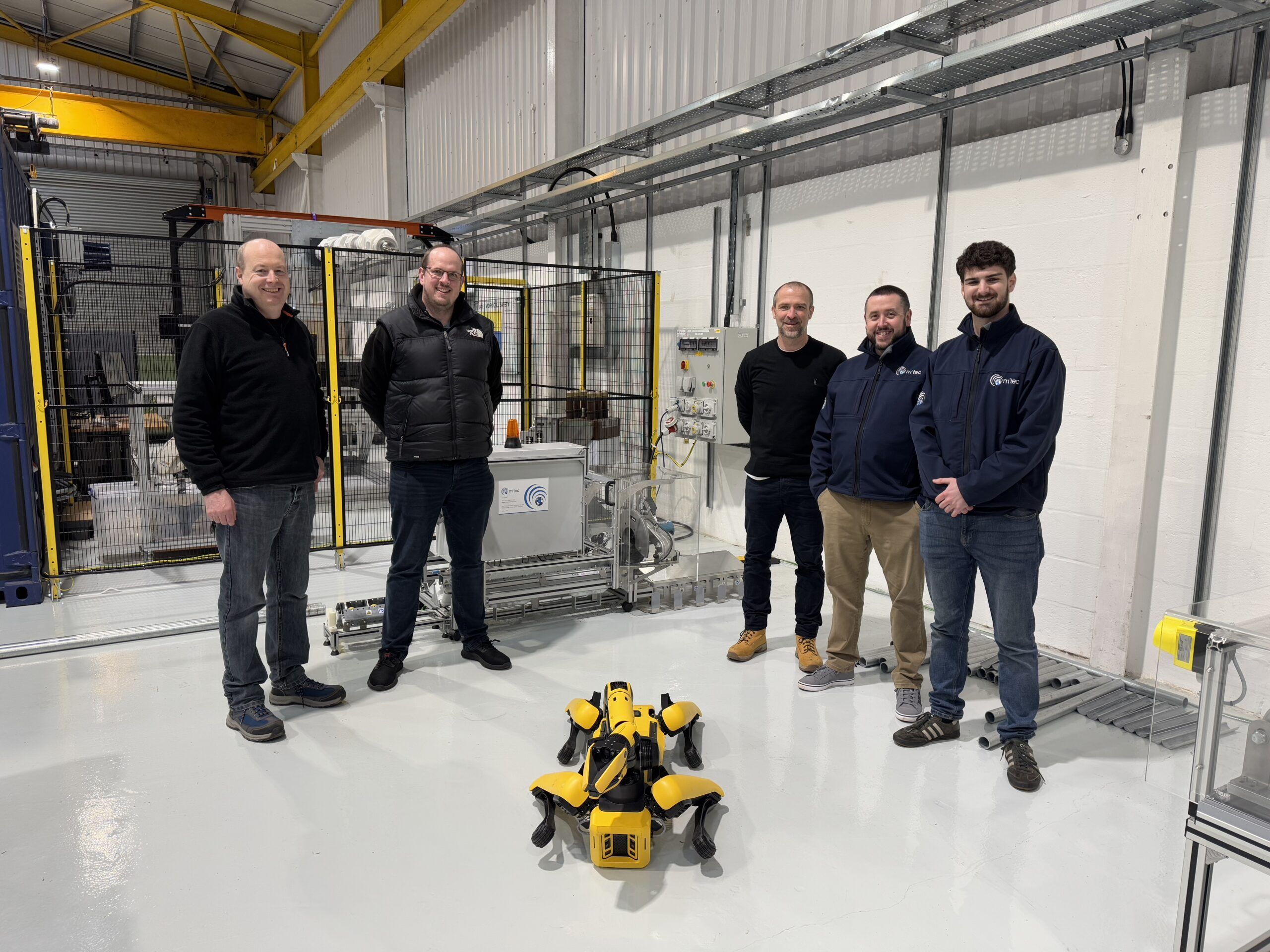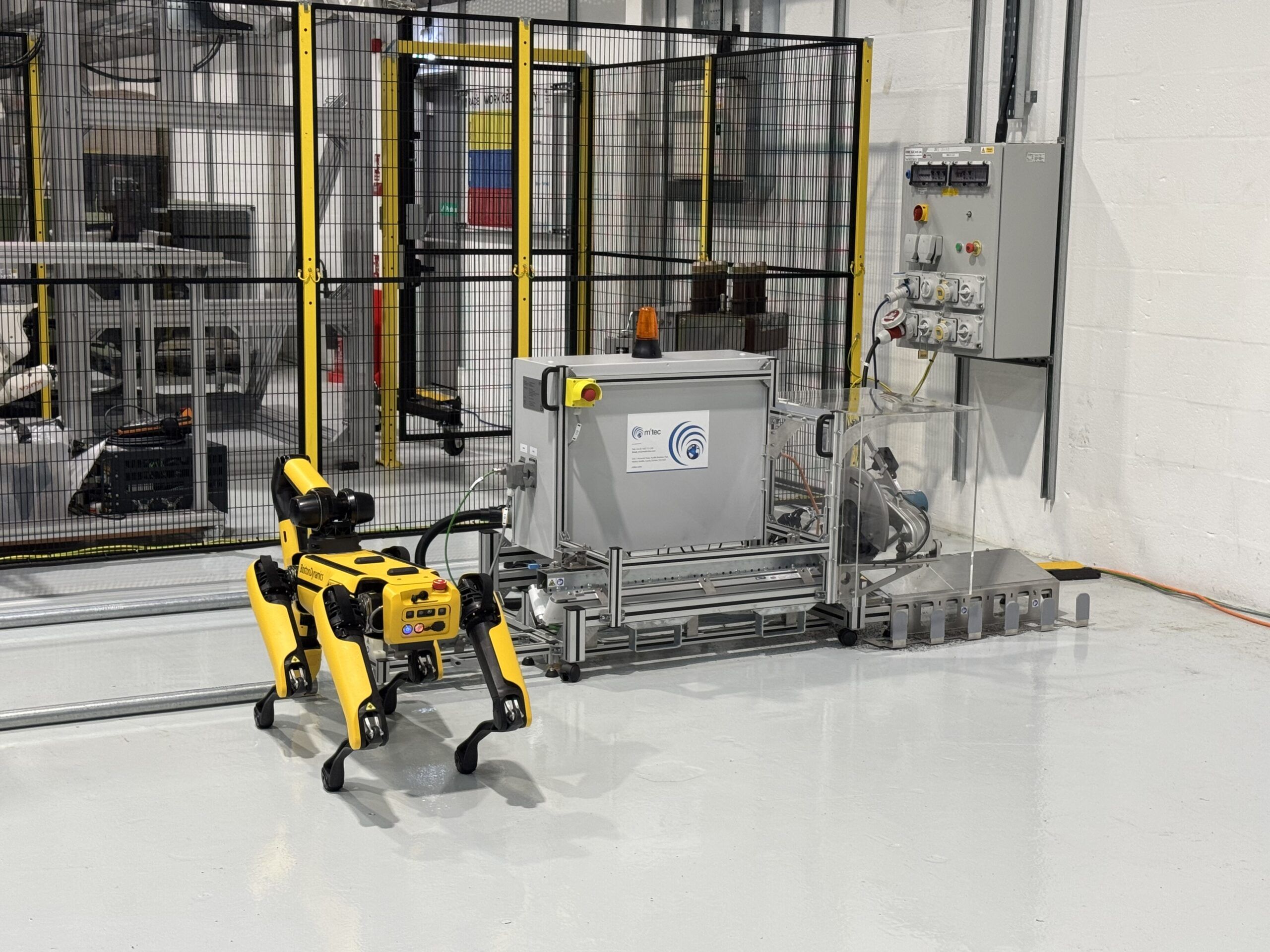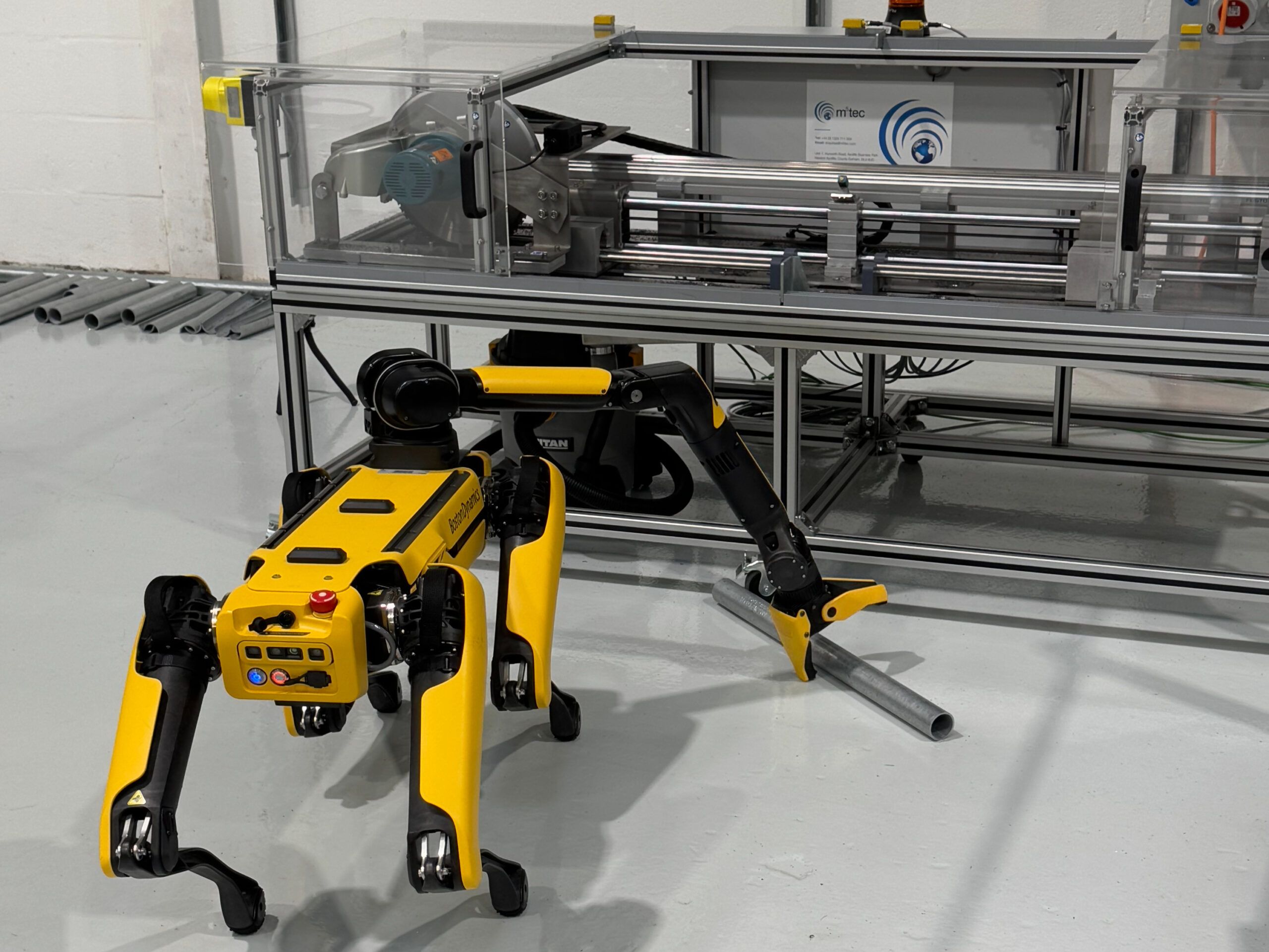News
Revolutionising nuclear decommissioning: a world-first in robotic size reduction?
13 February 2025

RAICo’s latest innovation in robotic size reduction is redefining what’s possible in nuclear decommissioning. The development of a Scaffold Pipe Size Reduction Station could represent a world-first in fully remote robotic cutting within a hot cell environment, addressing a long-standing challenge in the sector.
Contaminated scaffold pipes, typically three to four metres in length, have posed a significant issue within nuclear plants. These pipes cannot be placed in disposal drums without first being reduced in size.
However, until now, the technology to safely handle and cut them has not existed. Many pipes have simply remained untouched because robotic systems have struggled to cut harder, denser materials due to load capacity limitations.
Historically, human intervention has been required, exposing workers to both radiological and conventional safety risks.

Off-the-shelf technology meets innovation
RAICo’s pioneering solution integrates state-of-the-art robotics with a commercial off-the-shelf saw, specifically designed to work in tandem with the quadruped robot, Spot.
The system operates across two cutting stations: the first reduces full-length scaffold pipes into smaller sections, with the cut size adjustable to suit disposal requirements.
The second station then cuts these sections lengthwise, which will enable simplification of the decontamination process through surface cleaning techniques such as laser ablation.
Rob Sharratt, RAICo Lead Technologist, Size Reduction and Manipulators, said: “This breakthrough marks a fundamental shift in approach. Instead of robots being burdened with heavy cutting equipment, the new system enables them to transport materials to static cutting stations, overcoming traditional load capacity constraints.
“This innovation extends beyond scaffold pipes, opening new possibilities for remote decommissioning across a range of materials, including cables, ducting, and I-beams.
“At present, such tasks require human workers in full protective suits, exposing them to potential contamination and hazardous environments. RAICo’s advancement offers the potential to eliminate those risks entirely, making decommissioning safer, more efficient, and more sustainable.“

Planning the transition to a deployable version
Over the past 12 months, the project has made rapid progress. Initial de-risking trials have been completed, and M5Tech, based in Newton Aycliffe near Darlington, has successfully delivered the two cutting stations.
Trials with Spot have demonstrated the system’s effectiveness, paving the way for the next critical phase – showcasing the technology to stakeholders.
The hope is that the project will transition from a non-active prototype to a fully deployable version for use in hot cell environments. This milestone could revolutionise robotic decommissioning, setting a new standard for safety and efficiency in the nuclear industry